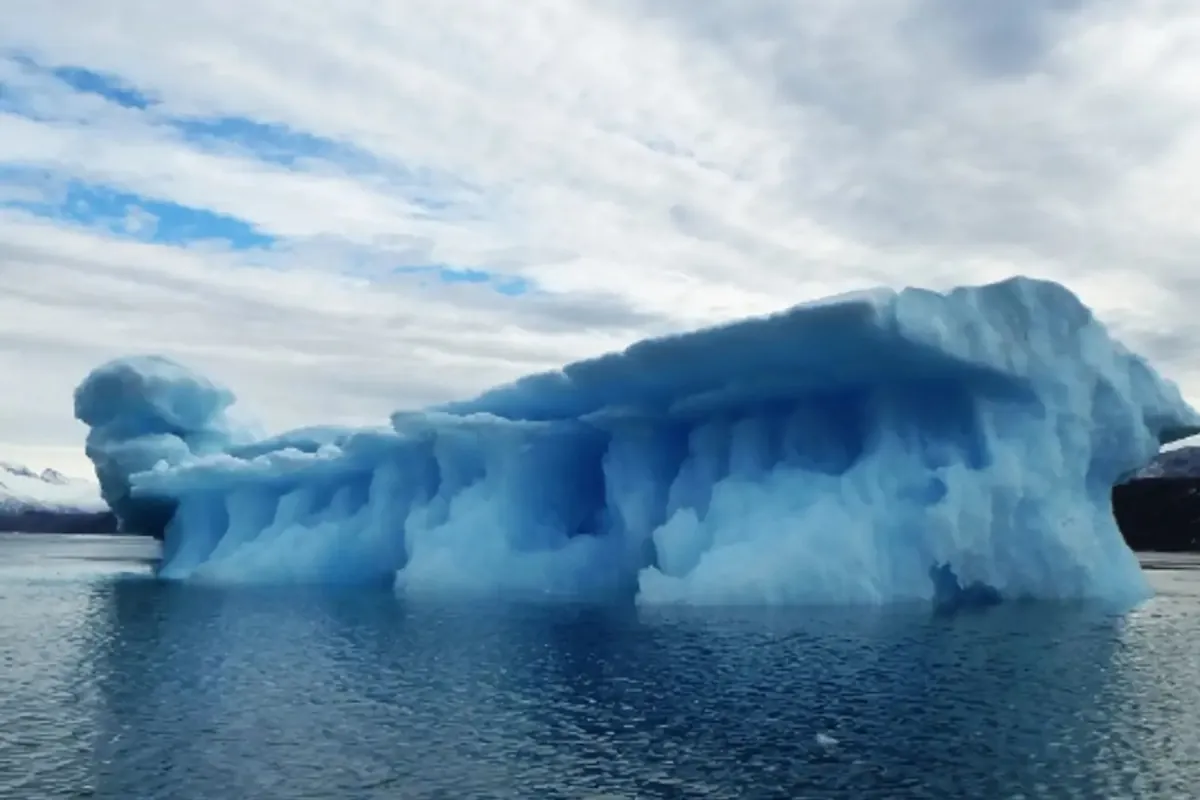According to the Washington Post, a group of researchers have discovered a marine ecosystem beneath a 30-kilometre iceberg, which broke off from Antarctica earlier this year.
The crew of the ship Falkor (too) did not expect to make this discovery, but, to their surprise, they found crustaceans, octopuses, sea snails, worms and fish living under the ice sheet.
The biggest scare! Thailand earthquake produces moments of tension for actor who was streaming live
The images were released by the Schmidt Ocean Institute, where the helmet jellyfish can be seen. “We did not expect to find such a beautiful and thriving ecosystem,” explained Patricia Esquete, researcher and chief scientist of the expedition from the University of Aveiro in Portugal. “Judging by the size of the animals, the communities we observed have been there for decades, perhaps even hundreds of years,” she added.
Could new species be discovered?
According to the study, this is likely, as the length of time they may have been living down there is not known, i.e. in Antarctica itself, in this type of ice block, there may be other even rarer ecosystems.
“We took the moment, changed our expedition plan and went to see what was going on in the depths,” they say. The iceberg has been named George VI, and its current situation is due to climate change, they explain, since its possible detachment from the land had been studied since 2021.
“The George VI Ice Shelf buttresses the largest volume of grounded ice upstream of any ice shelf on the Antarctic Peninsula,” said Alison Banwell, lead author and CIRES research scientist. “Therefore, if this ice shelf breaks up, the ice resting on land would flow more rapidly into the ocean and contribute more to sea level rise than any other ice shelf on the peninsula,” she said.


Leave a Reply